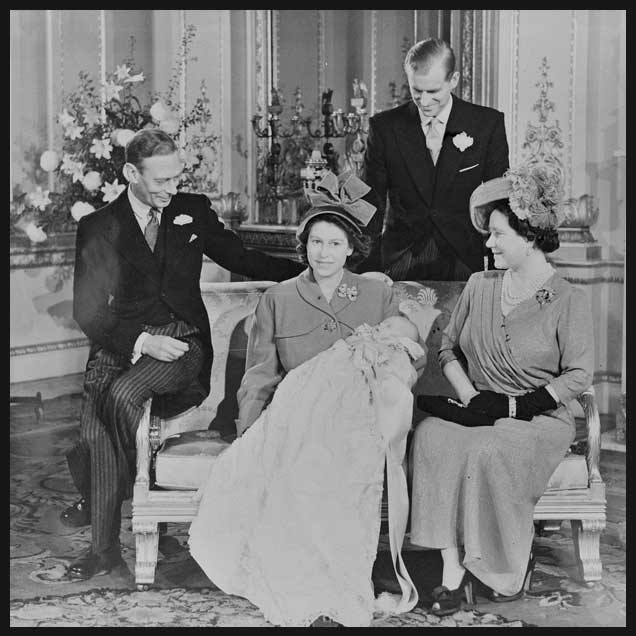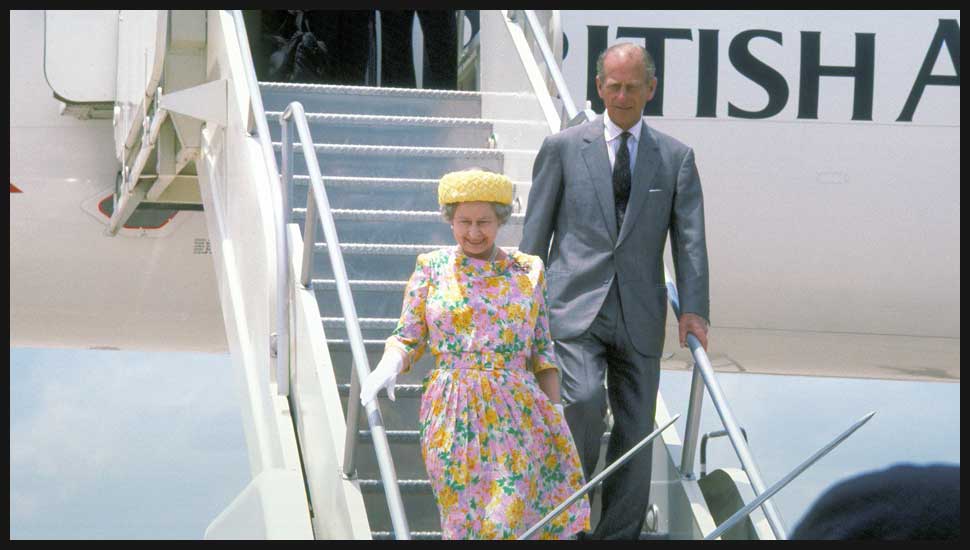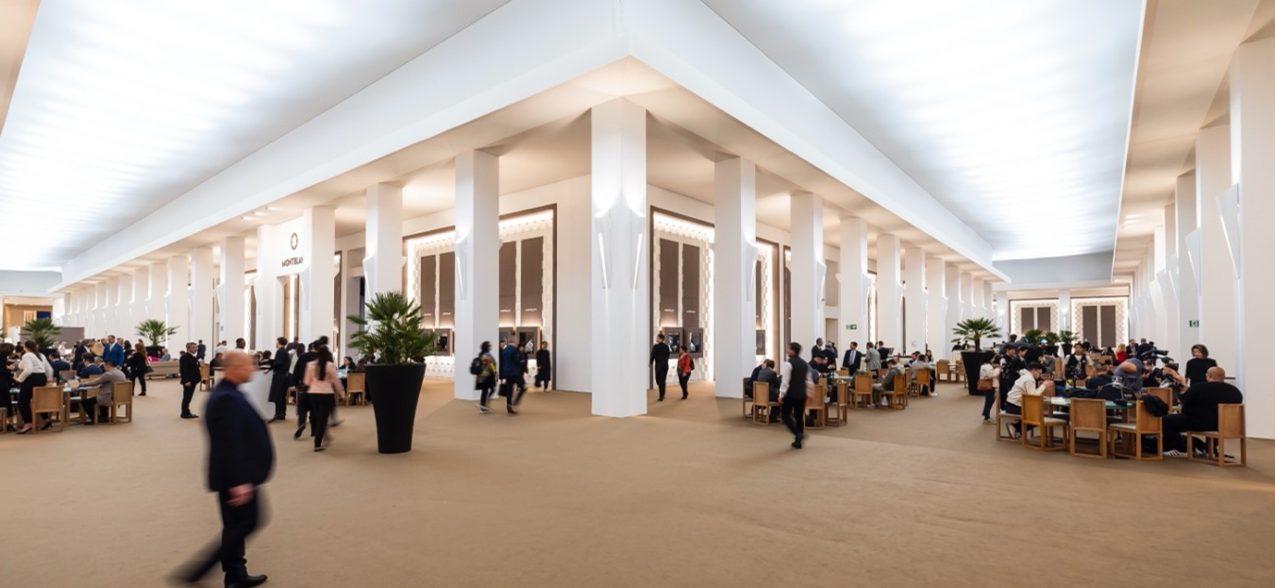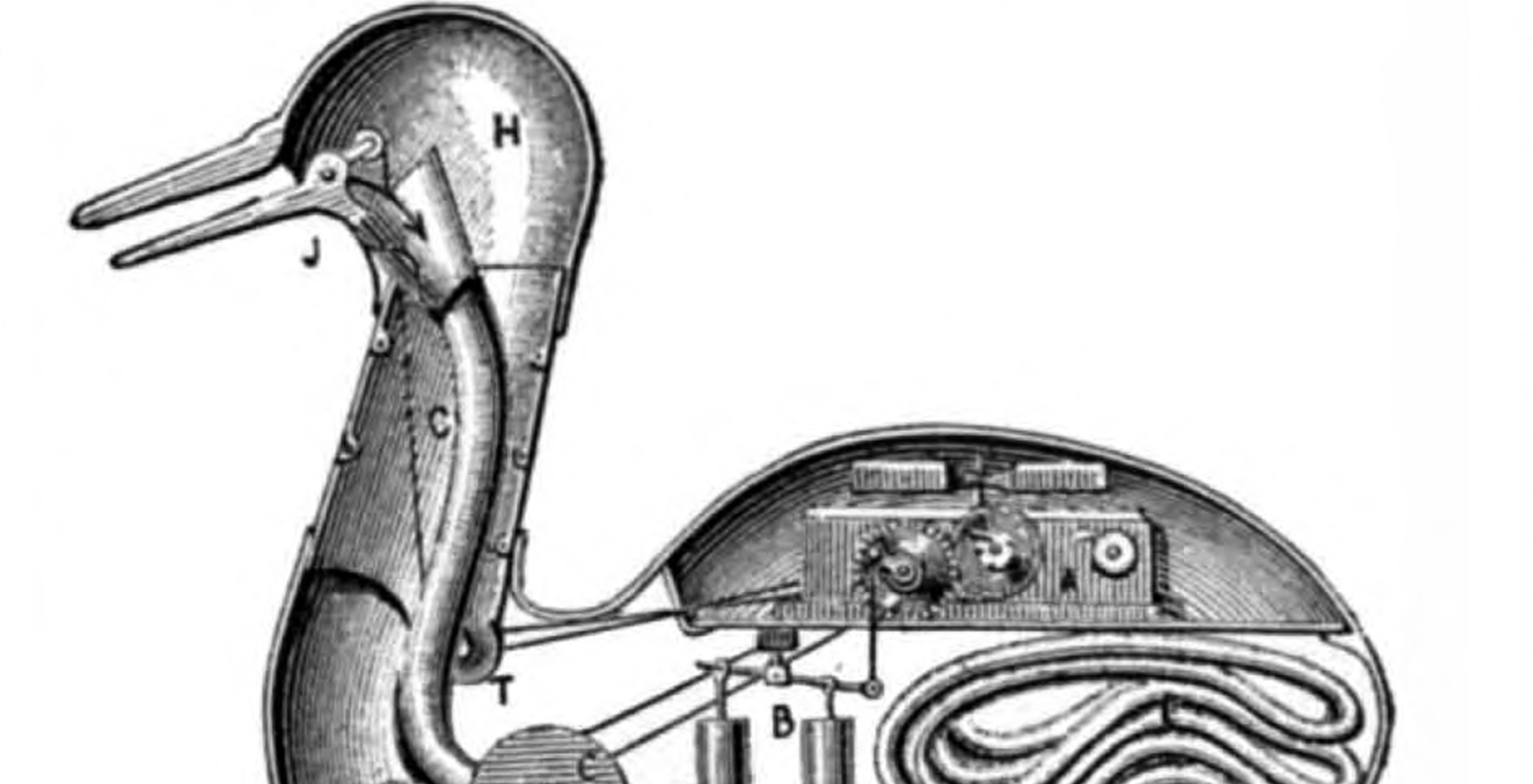There are few figures in modern times who are as recognisable around the globe as Queen Elizabeth II, the world’s longest serving monarch who is now celebrating her Platinum Jubilee. That recognition can partly be attributed to the central role her carefully considered wardrobe has played over the decades she has spent in the spotlight. The Queen has fine-tuned a style that has helped her navigate her position diplomatically, culturally and socially. It has defined her reign and that of the modern British monarchy.
Ever since her coronation was televised in June 1953 – the year after she ascended the throne – the Queen’s public, and to some extent private, life has been recorded on camera. She has been served by 14 prime ministers and seen 13 US president elected during her reign. As the most well-travelled British monarch in history, she has logged visits to a remarkable 117 different countries and thousands of official engagements during those seven decades. During that time, she has established a blueprint, the gold standard of what it is to be and look like a queen. As Karl Lagerfeld, a confirmed royalist, once said: “She is never ridiculous; she is flawless. For this job in our day, she is perfect.”
The Queen has always been mindful of her position, sensitive to the mood of the times…

Her style has evolved from a wasp-waisted young princess embarking on her first grand tour of Commonwealth countries in 1953 to an elegant elder stateswoman with a distinctive style and penchant for bold colour statements. In 2016, the Royal Collection Trust held the exhibition Fashioning a Reign: 90 Years of Style at Buckingham Palace, which was viewed as a grand historical lookbook of her wardrobe choices for her public and personal life during her reign.
Decisions revolved around her personal belief that people had come to see the Queen and therefore she should stand out, hence her choice of solid hues – red, yellow, orange, neon green, fuchsia and, of course, royal blue – with matching eye-catching hats that never hid her face. She deftly navigated her diplomatic role during royal tours choosing colours that may show recognition of national sensibilities or pay tribute through jewels and embroidered motifs, such as national flowers that were symbolic to her hosts. On a visit to California in 1983, she wore a Hardy Amies gown embroidered with the state’s flower: orange poppies. A brooch could deliver a similar message, such as the New Zealand silver fern she was given by Lady Allum, wife of the then mayor of Auckland on Christmas Day 1953, worn on that date and subsequently loaned to the Duchess of Cambridge in 2014 for her trip to New Zealand and Australia.
Her witty use of jewels and colours would be steeped in messaging, such as the brooches given to her by the Duke of Edinburgh, which would be worn on significant dates in their personal lives, such as birthdays and anniversaries. There was also her controversial “Brexit” outfit, worn to Parliament in 2017, in which a blue hat with yellow-centred flowers seemed to echo the EU flag. It is hard to imagine that this was a coincidence.

Queen Elizabeth II and Prince Philip disembark from a British Airways Concorde,1991
The Queen has always been mindful of her position and sensitive to the mood of the times. For her wedding to Philip Mountbatten in 1947 – during a period of great austerity just after the war – she famously saved her ration cards to pay for her dress. Not that the public would have cared as they lapped up every detail about the beautiful, embroidered ivory duchess satin gown that Sir Normal Hartnell designed for her.
Royal couturiers Hartnell and Sir Hardy Amies designed most of her wardrobe during her early years, from the pretty floral 1950s dresses of her early tours to the more formal tailoring that came later. She preferred simpler, feminine clothes, avoiding the pitfalls of the Duchess of Windsor’s rigorous style. As Amies explained to the Sunday Telegraph in 1997: “There’s always something cold and rather cruel about chic clothes, which she wants to avoid.”
While Britain was swinging in the 1960s, dressing to the tune of Glam Rock a decade later, or sporting Sloane Ranger uniforms in the 1980s, the Queen has carefully nurtured a friendly, classic look with her floral print dresses, colourful coats, matching hats and no-nonsense boxy handbags (by Launer), gloves (by Cornelia James) and black patent shoes (by Anello & Davide). Hartnell rather snippily told a New York Times reporter at the beginning of her reign, who was eager to learn about the 27-year-old Queen’s Commonwealth tour in 1953: “The Queen and Queen Mother do not want to be fashion setters. That’s left to other people with less important work to do.”
However, the Queen always knew when it was time to dial up the glamour and dazzle her hosts with her vast array of jewels and tiaras, embroidered gowns and long gloves. She always looked regal and elegant, no matter what. No one has a vault of tiaras, diamond necklaces and bracelets quite like the Queen is, although she is never without her triple string of pearls during the day. Her evening dresses were always designed with round necklines that showed off her royal jewels and support to hold the weight of Royal insignias and Order of the Garter, while long white gloves were encircled with diamonds. And, of course, the Queen has always been partial to lipstick, a deep red is her signature.
Those little details stand out…

Since 2002, Angela Kelly has been personal assistant and senior dresser to the Queen and is widely regarded for her subtly updated ensembles – slimmer cuts, daring colour – even encouraging the Queen to wear knee-high boots, a sequin dress and feathered hat to attend a hockey game in Slovakia in 2008 – that have since been worn to Sandringham Church. Those little details stand out.
Of course, she has an off-duty wardrobe for Balmoral and Sandringham of tweeds, tartan skirts, wax jackets, Hèrmes headscarves – cus- tom-made or vintage, which she would wear when she was out riding her beloved horses. However, as fashions come and go when she is on duty, the Queen has forged her own indelible image that will endure.













Show Comments +